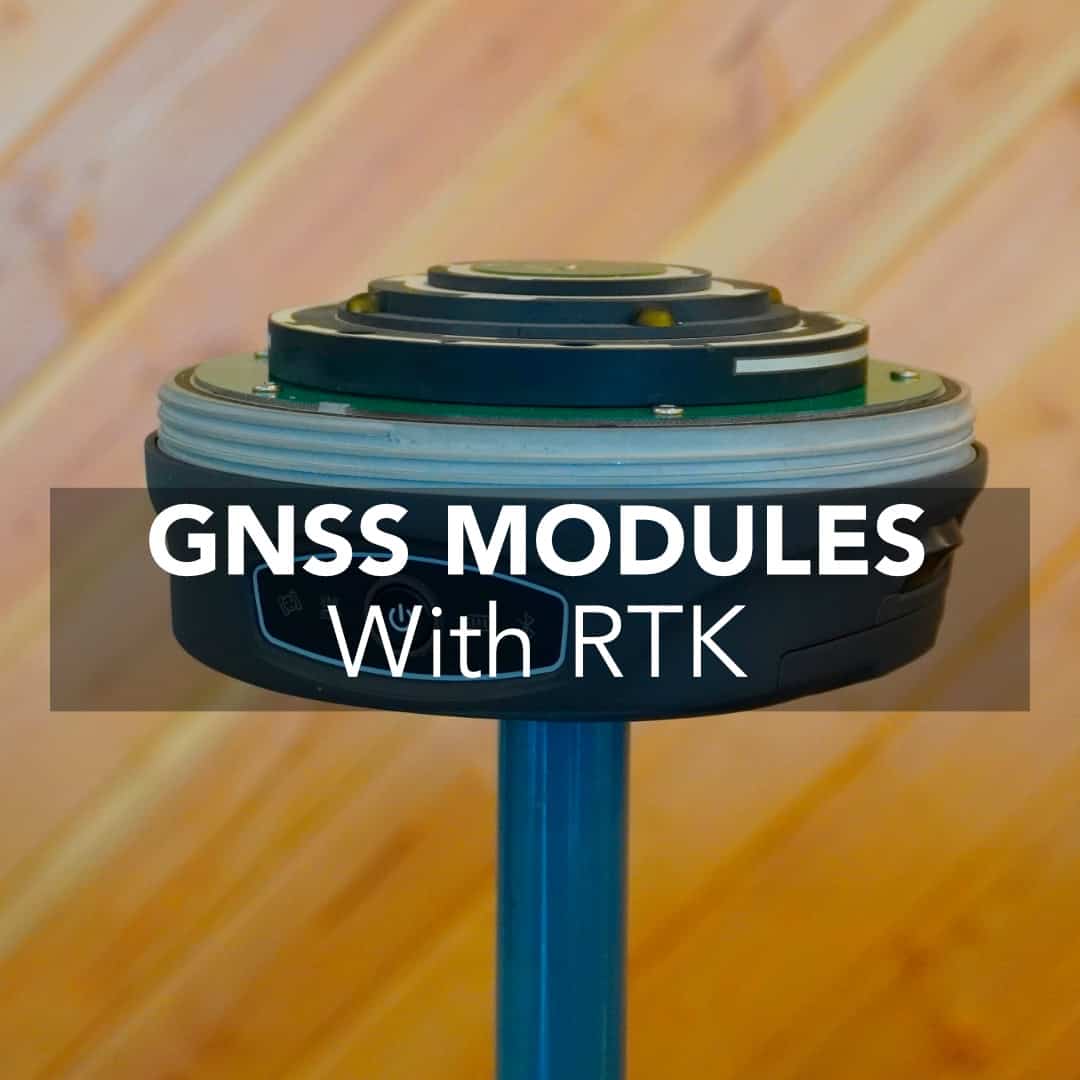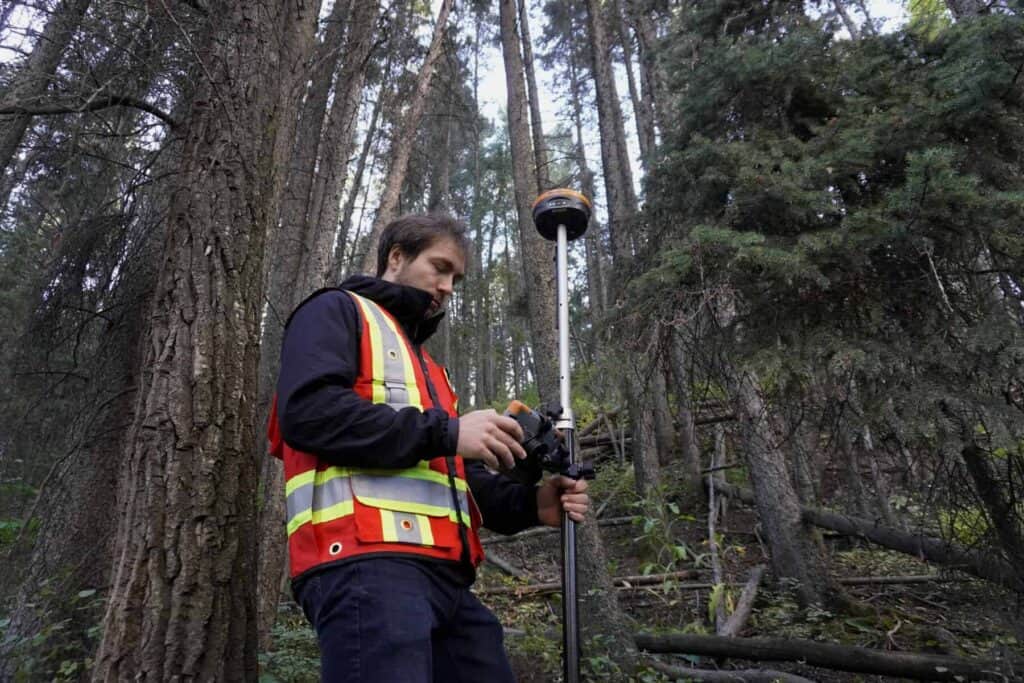
The GNSS module is the center of modern surveying transformation. The GNSS receiver module in your gear determines how fast and how accurately you get the job done. There is something specific that makes GNSS modules different from traditional systems. Let’s go through how GNSS modules are shaping today’s tools and what to look for when choosing your next receiver.
What Is a GNSS Module
How GNSS Modules Directly Impact Your Field Accuracy
The Rise of Modular GNSS Receiver Systems
Why This Matters to the U.S. Market
What to Look For in a GNSS Receiver Module
The Role of GNSS Modules in Modern Surveying
Frequently Asked Questions
A GNSS module is the component in your receiver that tracks satellites and calculates position. It is the main thing of the GPs gear, because it pulls signals from constellations like GPS, GLONASS, Galileo, and BeiDou. If you pair it with RTK, it will also deliver real-time corrections. GNSS receiver module is what powers every centimeter-accurate shot your rover takes.
Over the past years, GNSS modules have become smaller, faster, and far more reliable. That’s why modern systems like the Hemisphere S631 or the GeoMeasure Nano 7 can deliver 8mm accuracy. They work even in rough terrains and can run on internal batteries for a full day.
The quality of the GNSS module inside your receiver directly affects:
Older systems often came with GNSS modules that were proprietary or built for single-frequency use. In contrast, today you can take advantage of multi-frequency, multi-constellation support in a compact, durable package. These capabilities are possessed by high-performing models like Hemisphere’s Lyra chipset.
The move to standalone GNSS modules has shown companies to expand the expectations about survey system design. Today, manufacturers focus on modularity and open integrations instead of creating a closed box. They are moving in line with the surveyor’s needs.
Now you can pair a compact GNSS module with:
You are now much more flexible in how to build your kit and not locked into one ecosystem.
There is an increased demand for flexible, cost-effective solutions in the USA. More engineering teams and land surveyors are looking to modular RTK systems that are built around open GNSS modules. Locked and expensive platforms are not that efficient anymore.
Bench Mark has the advantage – we don’t rely on local dealerships or expensive service contracts. We ship direct and support online so our GNSS systems come with personalized training and remote diagnostics across the U.S.
If you’re looking for a full system, explore our RTK GPS & GNSS Systems for options that have high performance like Hemisphere S631.
A high-quality GNSS module gives you results now and then. The great choice would future-proof your kit for new corrections services and constellations. Here is what you have to double-check when choosing a GNSS module:
Not all GNSS receiver modules are created equal. These are the features that impact performance, so choose meticulously to have all matches with our list.

Today’s survey tools are faster, smarter, and more adaptable, and that evolution starts at the core with the GNSS module. The configuration may vary, but it’s the GNSS module that quietly dictates how well the system performs.
We at Bench Mark design systems around high-performance, open GNSS modules so that you get:
If you’re building out your next RTK system, start with the right foundation. GNSS modules are driving the change nowadays, so select the defining part of the surveying process responsibly.
A GNSS module is the core part of a GPS receiver that processes satellite signals and calculates position.
The GNSS receiver module is the internal component. A full receiver includes the module, antenna, radios, power systems, and housing.
Some modular systems allow you to swap out the internal GNSS board. Others, like the Hemisphere S631, integrate a top-tier module out of the box.
Here are the key features that benefit especially well in the multipath environments:
– multi-frequency support
– full-constellation tracking
– fast fix times
– low signal noise
The S631 uses the Hemisphere Lyra GNSS engine. It is a multi-frequency module optimized for survey-grade RTK applications.
